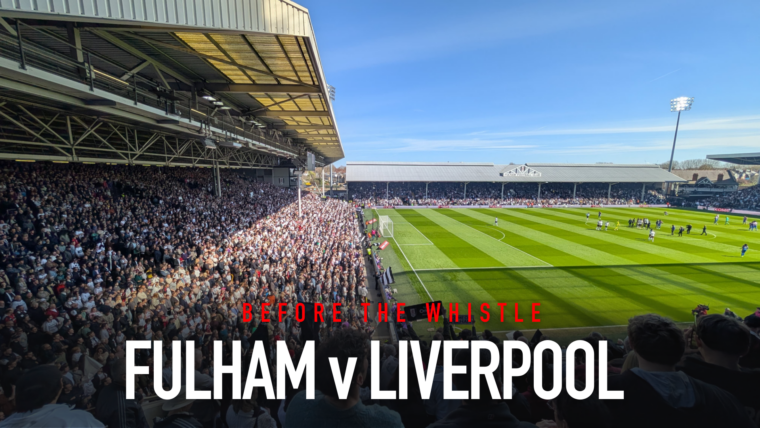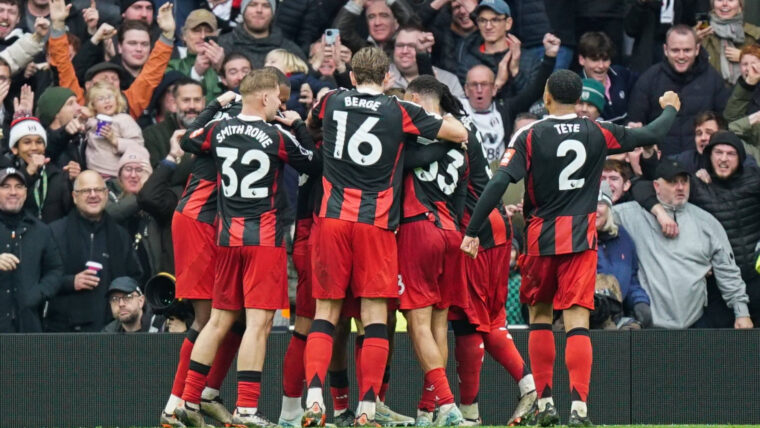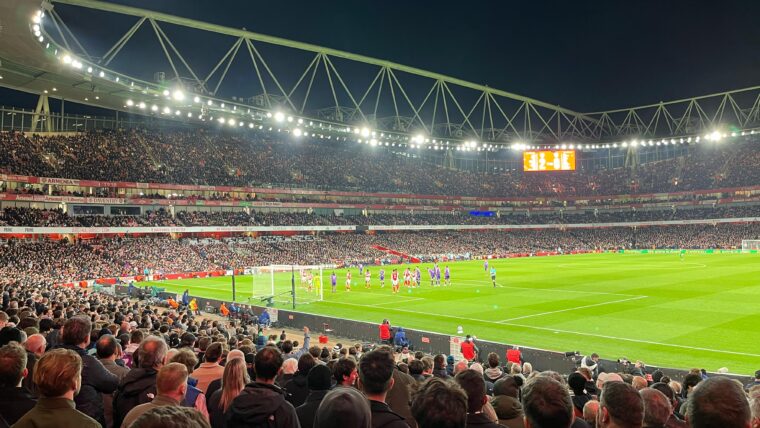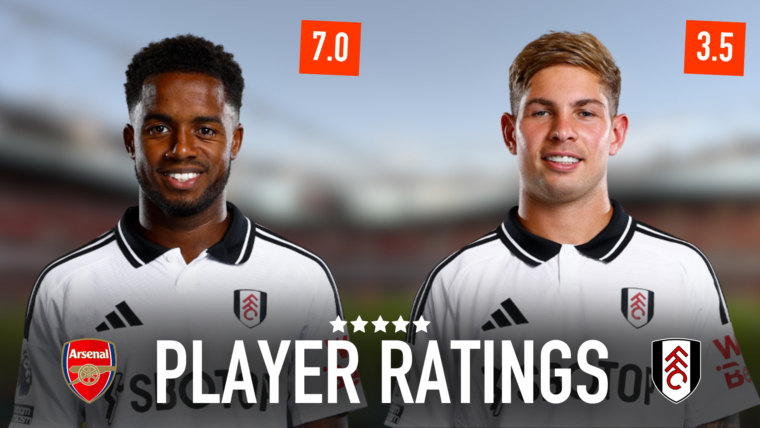Why are Fulham so bad after the international break?
4th April 2025

Jon Harland asks the question we’ve all been thinking: why do things go to pot when we come back from a rest?
Fulham have been plagued by a curse this season: an international break curse. What other explanation is there for our repeated capitulation in the week following each of the four international breaks this season?
As we crashed out of the FA Cup last weekend – our first game back after the Premier League resumed – the alarming trend continued.
Curious to uncover the truth, I dug into the Whites’ post-international break form this season, and the results are damning.
International break hoodoo
Fulham have won 16, drawn nine, and lost 11 matches in all competitions this season. Some of these wins include progression in cup competitions via penalties (with penalty shootout eliminations counted as losses), as that is the official result of the fixtures.
A 43.3% win rate is a testament to the quality of Fulham’s team and some impressive results this season. But this form contrasts with the two matches played directly after all four international breaks this season.
After September’s international break, the Whites dropped points against West Ham in a 1-1 draw at home, before being eliminated by Preston North End in a dramatic 16-15 penalty shootout.
Aston Villa dismantled Fulham 3-1 at Craven Cottage after the October break, followed by a late Beto blow at Goodison Park in a 1-1 draw. After November’s international fixtures, Fulham endured a catastrophic 4-1 home defeat to Wolves, and a disappointing 1-1 draw at Spurs.
It was back-to-back defeats to Crystal Palace and Arsenal after March’s international break. The missed opportunity to reach Wembley still stings, and while Tuesday’s 2-1 defeat to Arsenal wasn’t disgraceful, the performance was lackluster.
So, why so bad?
The poor results post-international break cannot be attributed to the quality of opposition. These results highlight a wider issue for Fulham, which is their woes against sides below them in the league.
The Whites have played 12 times against sides currently above them in the table, winning six, drawing two, and losing four. They’ve won six, drawn seven, and lost five over the 18 games against teams currently below them.
That gives Fulham a 50% win rate against sides above them in the league, and a 33% win rate against teams below.
Silva has struggled against low blocks, as demonstrated by Palace last weekend, who executed the blueprint to contain and get the better of Fulham. Given that six out of the eight sides faced in the first two games after the international break are below the Cottagers in the table, this naturally correlates with the poor results.
The Portuguese’s management style involves meticulous attention to detail in how he wants his players to operate, with intense preparation on each opponent. Silva also tends to stick to the same starting eleven, so when key players like Robinson and Iwobi are away on international duties, he doesn’t have as much time on the training pitch to instill these players with his tactical vision.
What next?
It’s difficult to pinpoint exactly why Fulham’s results and performances have been so dismal after international breaks this season, but it highlights their lack of consistency and inability to dispatch inferior opposition.
There are two reasons to remain positive, however. Firstly, there are no more international breaks to disrupt the Premier League this season. Secondly, Fulham have won every third game following each international break this season.
This includes wins against Newcastle, Brentford, and Brighton. The Whites have played two games since the most recent international break, with the third taking place this weekend as Fulham host Liverpool at the Cottage.
If trends are anything to go by, Fulham will pick up all three points on Sunday.



